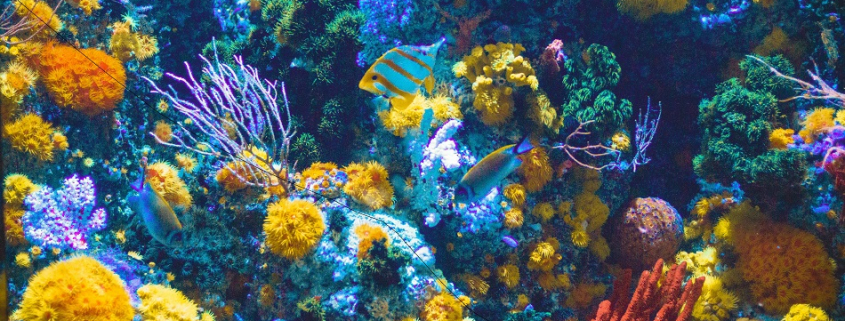This crisis will spawn a vast spectrum of increasingly distinctive and unique organizations
I have long believed that organizations are becoming more different from each other and increasingly unique.
Social technologies made organizations more different
In the first instance this divergence has been fueled over the last dozen years by organizations implementing social technologies to add a differentiated layer of ad-hoc networks to the existing commoditized layer of standardized processes.
Social technologies can be used by the people they connect in an unlimited number of ways.
In many organizations they have amplified – or made manifest – existing cultures of collaboration, or of lack of trust.
In every case they have been used differently and shaped organizations to be more unique.
Configurations of remote and office work
Overlaid on the highly varied use of social technologies, we have seen an increasingly broad spectrum of the use of remote work, from completely office-less companies such as Automattic or Toptal through to the many companies that until recently allowed no work from home.
Today amid the COVID-19 pandemic, almost every organization has been forced to shift to almost completely virtual work.
The path and timeframe for being able to return to daily office are highly uncertain, and will be different across countries, regions, and cities.
Yet as we shift back to a world a little closer to what we have experienced in the past, there will be a plethora of possible configurations for work.
As I wrote recently, organizations and employees can and will innovate in their balance between office, home, and ‘third-space’ workplaces, generating vastly different organizational structures and styles.
The relative roles of humans and AI
Another dimension of potentially massive differences between organizations is the role of AI in value creation.
Some companies are already focusing on maximizing automation and minimizing staff, while others are either deliberately or through inertia retaining traditional work roles.
Yet between these extremes there are a multitude of possibilities on how to bring together machine and human capabilities to create organizational value, reflecting different culture, values, and the extraordinary scope for innovation in this domain.
The pandemic is accelerating the uptake of automation in a number of domains, notably where they can reduce human contact and possible contagion. These shifts too will build more diverse organizations.
Even greater divergence in performance
An increasing divergence in performance in organizations has been a feature of the business landscape for many years.
Today there are far more ways in which organizations can fundamentally differ in how they function. This inevitably means organizational performance will increasingly diverge.
One result of this trend is that more companies will fail. Yet those that succeed will likely thrive, even in an adverse economic environment.
Creating unique organizations
More than ever before, building and evolving organizations is an intensely creative and innovative process.
Entirely new organizational forms are not just possible, but will proliferate in coming months and years.
This diversity of organizational forms will enable the creative destruction that characterizes a swiftly changing world, creating a vibrant ecosystem that overall will be far more resilient and able to cope with extraordinary shocks such as the one we are experiencing today.
The more variety in our organizations, the better off we will be. So let us experiment with what is possible.



